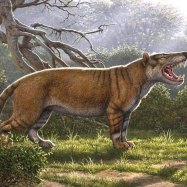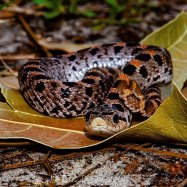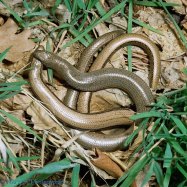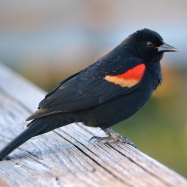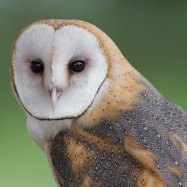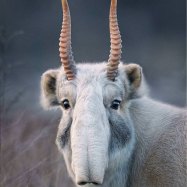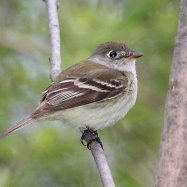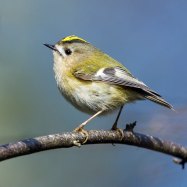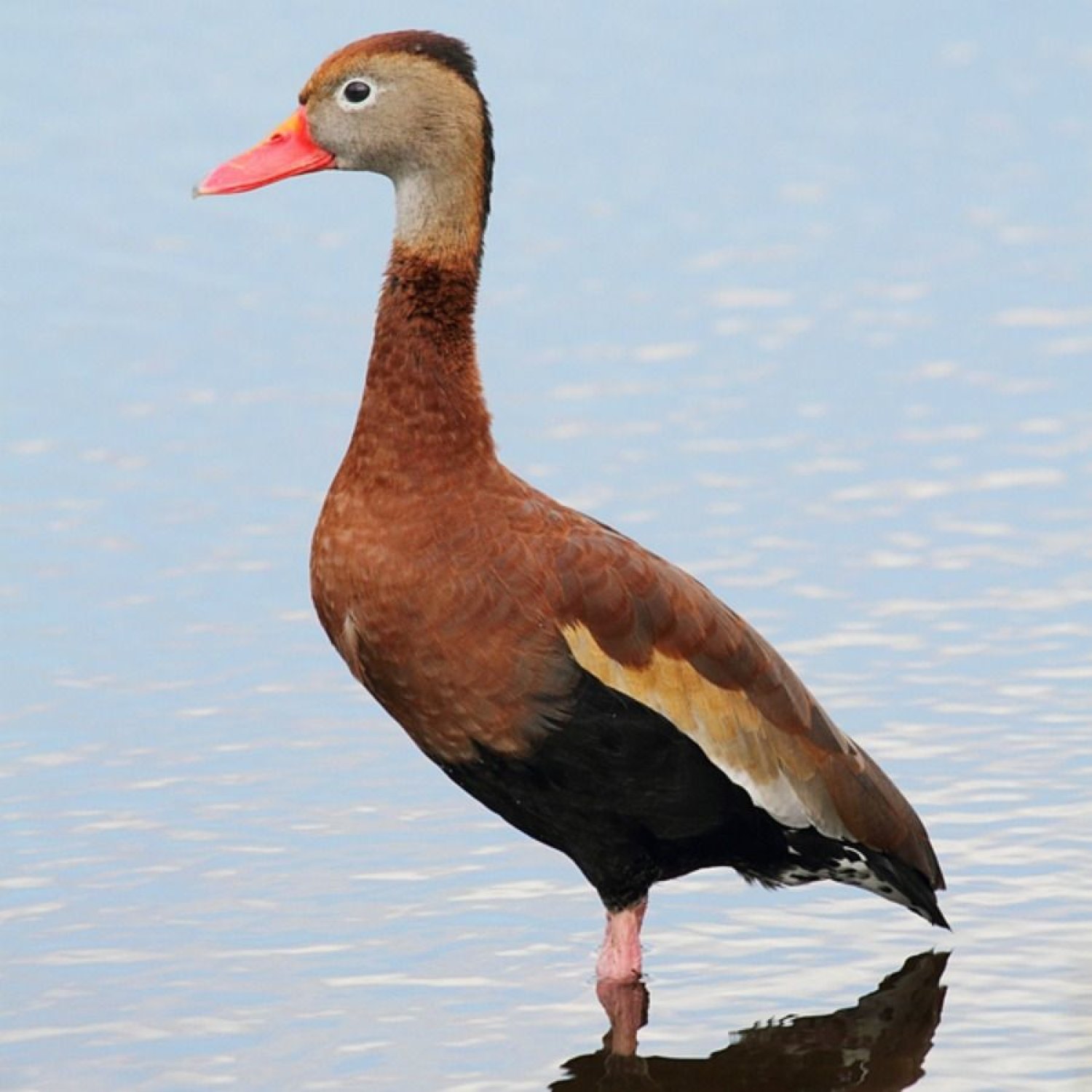
Black Bellied Whistling Duck
50-55 cm
The Black Bellied Whistling Duck, found in the Gulf Coast region, belongs to the Anatidae family and has a medium-sized body measuring 50-55 cm. It's recognized by its black belly and distinctive whistling call. These beautiful birds are a common sight in wetlands and have adapted well to urban environments. #BBWD #birds #wildlife #gulfcoastregion
Animal Details Summary:
Common Name: Black Bellied Whistling Duck
Kingdom: Animalia
Habitat: Freshwater swamps, marshes, and ponds
The Black Bellied Whistling Duck: An Iconic Waterfowl of the American South
The Southern United States is known for its rich cultural traditions, delicious food, and unique wildlife. Among the many fascinating animals that call this region home, the Black Bellied Whistling Duck stands out as an iconic waterfowl. With its striking black and white body, bright red bill, and pink legs, this bird is a sight to behold. But there is more to this elegant creature than just its beauty Black Bellied Whistling Duck. In this article, we will explore the fascinating world of the Black Bellied Whistling Duck, from its taxonomy to its habitat and behavior.The Basics: Taxonomy and Species
As its name suggests, the Black Bellied Whistling Duck belongs to the duck family Anatidae. Its scientific name is Dendrocygna autumnalis, derived from the Greek words “dendro” meaning “tree” and “cygna” meaning “swan”, hinting at its unique appearance. This species is also commonly known as the Black Bellied Whistling Duck, a name that accurately describes both its physical features and vocalizations.The Black Bellied Whistling Duck is a member of the class Aves, or birds, and the order Anseriformes, which includes geese, swans, and ducks. Within this order, it belongs to the subfamily Dendrocygninae, which consists of eight other species of whistling ducks. This subfamily is notable for its unique foraging habits and vocalizations, making them stand out from other species of waterfowl.
Habitat and Distribution
The Black Bellied Whistling Duck is a resident species of the Southern United States, with its range extending into Central America and northern South America. It can be found throughout the Gulf Coast region, including states like Texas, Louisiana, Mississippi, Alabama, and Florida Bear.Within its range, this species prefers to inhabit freshwater swamps, marshes, and ponds. It is well adapted to living in these watery environments, with its long legs, webbed feet, and waterproof feathers that protect it from the elements. These birds are also known to take advantage of man-made habitats such as golf courses, agricultural fields, and even urban parks.
Feeding Behavior
The Black Bellied Whistling Duck is a primarily herbivorous bird, which means it feeds mainly on plant matter. Its diet consists of a variety of aquatic plants such as grasses, sedges, and water lilies. It also consumes large quantities of insects, snails, and small invertebrates, particularly during the breeding season when protein-rich food is crucial for the development of their young.One of the most interesting feeding behaviors of this species is its ability to forage on land as well as in water. Unlike other waterfowl, the Black Bellied Whistling Duck can often be found grazing in fields and agricultural areas, using its long legs to reach vegetation that other birds cannot access.
Appearance and Physical Characteristics
The Black Bellied Whistling Duck is a medium-sized bird, measuring around 50-55 cm in length. Its most distinctive feature is its black and white body, with a striking contrast between the two colors. Its head and neck are a warm chestnut color, with a black crown, eye mask, and black stripes extending down its neck. Its underparts are white, with a black belly, as the name suggests.This species has a long, thin neck, and sturdy legs that are pink in color. Its wings are broad and triangular, allowing it to fly powerful and fast. Its bill is bright red and relatively short, making it easier for the bird to sift through the mud and water in search of food.
Behavior and Communication
The Black Bellied Whistling Duck is a social and vocal species, commonly seen in large flocks throughout the year. These birds are monogamous and form strong pair bonds that can last for several breeding seasons. During the courtship display, the male will often whistle loudly while flying in circles around the female, hence the name “whistling” duck.Their whistling vocalizations are used for a variety of purposes, including communication, courtship, and territorial disputes. These birds are also known to make soft, nasal calls during the breeding season, often in response to their partner’s calls. Overall, their communication is essential for maintaining social interactions and ensuring reproductive success.
Conservation Status
The Black Bellied Whistling Duck is currently listed as a species of Least Concern on the IUCN Red List. Despite some localized declines in their populations due to habitat loss and hunting, their extensive range and adaptability to human-altered environments have helped them maintain stable populations. However, continued monitoring and conservation efforts are necessary to ensure the long-term sustainability of their population.In Conclusion
The Black Bellied Whistling Duck is a fascinating waterfowl species, known for its striking appearance, unique vocalizations, and adaptability. Whether you spot them gliding gracefully on the water or foraging on land, these birds are sure to capture your attention and leave you in awe of their beauty and behavior. As ambassadors of the unique ecosystems of the American South, this iconic species serves as a reminder of the importance of preserving and protecting our natural world. So the next time you visit the Gulf Coast region, keep an eye out for the Black Bellied Whistling Duck, and take a moment to appreciate this extraordinary bird.

Black Bellied Whistling Duck
Animal Details Black Bellied Whistling Duck - Scientific Name: Dendrocygna autumnalis
- Category: Animals B
- Scientific Name: Dendrocygna autumnalis
- Common Name: Black Bellied Whistling Duck
- Kingdom: Animalia
- Phylum: Chordata
- Class: Aves
- Order: Anseriformes
- Family: Anatidae
- Habitat: Freshwater swamps, marshes, and ponds
- Feeding Method: Herbivorous
- Geographical Distribution: Southern United States, Central America, and northern South America
- Country of Origin: United States
- Location: Gulf Coast region
- Animal Coloration: Black and white body, red bill, and pink legs
- Body Shape: Medium-sized
- Length: 50-55 cm
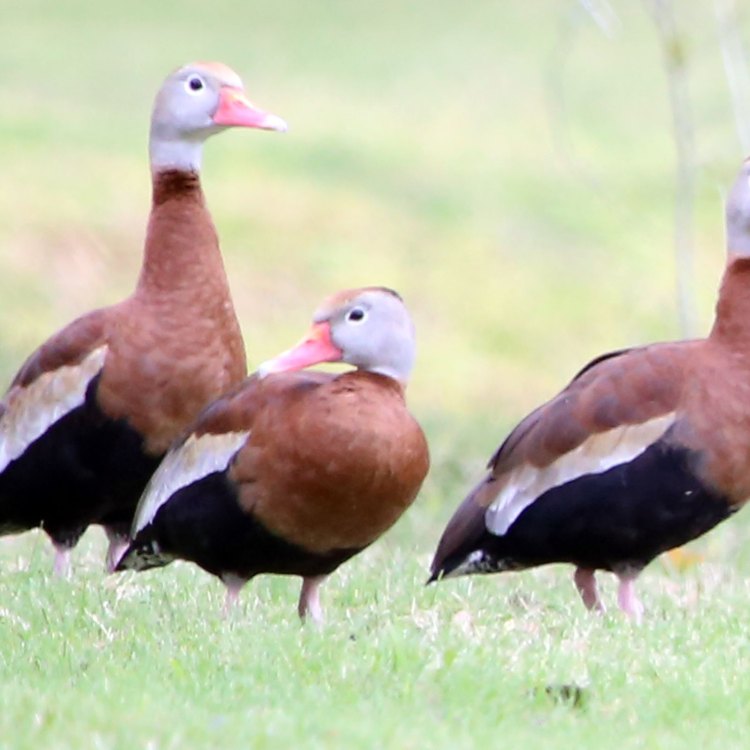
Black Bellied Whistling Duck
- Adult Size: Medium
- Average Lifespan: 5-6 years
- Reproduction: Nesting
- Reproductive Behavior: Monogamous
- Sound or Call: Whistling sound
- Migration Pattern: Migratory
- Social Groups: Flocks
- Behavior: Diurnal
- Threats: Habitat loss, hunting, and pollution
- Conservation Status: Least Concern
- Impact on Ecosystem: Seed dispersal and maintaining wetland ecosystems
- Human Use: Hunted for sport and food
- Distinctive Features: White face, black belly, and long neck
- Interesting Facts: They are one of the few duck species that perch and nest in trees
- Predator: Various birds of prey, alligators, and large snakes
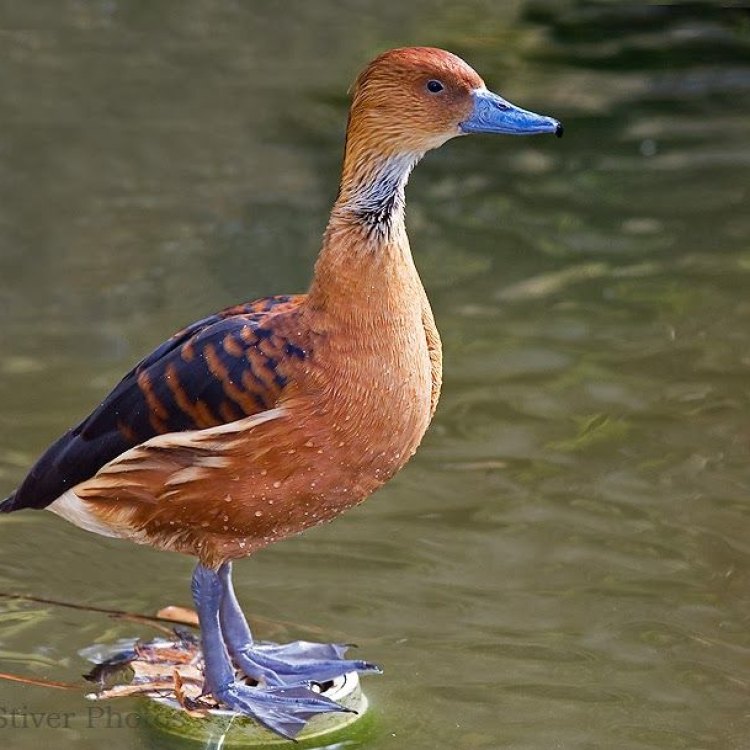
Dendrocygna autumnalis
The Fascinating Life of the Black Bellied Whistling Duck: A Unique Duck Species with a Rich History
When one thinks of ducks, the image of a water-dwelling, quacking bird usually comes to mind. However, there is one particular species of duck that breaks this stereotype with its distinctive features and behaviors - the Black Bellied Whistling Duck.Often referred to as "whistling ducks", these medium-sized birds are not your typical waterfowl. Found across the Americas, from southern United States to Argentina, the Black Bellied Whistling Duck has captured the curiosity of bird enthusiasts and casual observers alike PeaceOfAnimals.Com. Let's take a closer look at the unique features and behaviors of this fascinating duck species.
The Appearance and Distinctive Features of the Black Bellied Whistling Duck
The Black Bellied Whistling Duck is easily recognized by its striking white face, black belly, and long neck. These distinctive features are a stark contrast to the vibrant colors of most other duck species. Their long neck allows them to reach for food in deeper waters, while their black belly serves as camouflage against predators.Unlike most ducks, whistling ducks have a unique ability to perch and nest in trees. This behavior sets them apart from other waterfowl and is a significant factor in their survival. We'll dive deeper into this behavior later on in the article.
The Life and Behavior of a Black Bellied Whistling Duck
These social birds are often found in flocks, ranging from a few individuals to thousands, depending on the season and location. They are diurnal, meaning they are active during the day, with peak activity in the early morning and evening Brazilian Black Tarantula.The Black Bellied Whistling Duck is a monogamous species, as they usually mate for life. They exhibit strong pair bonding and are often seen flying in pairs or resting close to each other. During their courtship, the male and female perform elaborate displays, including stretching their necks, head bobbing, and calling, to solidify their bond.
Interestingly, while most duck species have a "quack" or "honk" call, the Black Bellied Whistling Duck is named after its distinctive whistling sound. This high-pitched, drawn-out whistle is often heard during flight or when the birds are in their flocks. This unique call is an excellent way to identify their presence in an area.
Reproduction and Nesting Habits
When it comes to reproduction, Black Bellied Whistling Ducks have a fascinating nesting behavior that sets them apart from other ducks. As mentioned earlier, they are one of the few duck species that perch and nest in trees. They typically select a tree cavity or a natural hollow, which they line with feathers, down, and plant material for their nesting site.Females lay a clutch of 8-16 eggs, which they incubate for 27-30 days. Although both parents actively participate in raising the young, the females take on most of the incubation duties. Once the ducklings hatch, they leave the nest within a day, accompanied by their parents. They are independent by 7-8 weeks, but the family typically stays together for some time.
Migration Patterns and Habitat
The Black Bellied Whistling Ducks have a migratory behavior, depending on their location. Those in southern populations are year-round residents, while those in the northern regions migrate to southern areas during the colder months. These migratory trips can cover several hundred miles, with the ducks flying in large flocks.These ducks are often found in wetlands, swamps, and marshes, where they feed on seeds, grains, and aquatic plants. Their unique foraging behavior of digging and sifting through the mud also helps in the dispersal of seeds, making them an essential part of wetland ecosystems.
Threats to the Black Bellied Whistling Duck and Conservation Efforts
Despite being considered a species of Least Concern by the International Union for Conservation of Nature (IUCN), the Black Bellied Whistling Duck is facing several threats to their survival.Habitat loss due to urbanization, agriculture, and wetland drainage is one of the most significant threats to this species. These habitats provide the necessary food and shelter for the ducks, and their loss can have a drastic impact on their populations.
Another major threat is hunting for sport and food, as the ducks are considered a delicacy in some cultures. The unregulated and excessive hunting of these birds can lead to their decline in certain areas. Additionally, pollution, particularly from pesticides, affects their food sources and can harm the ducks directly.
To combat these threats, several conservation efforts and initiatives are underway. These include the protection and restoration of wetland habitats, regulating hunting, and implementing pesticide-free farming practices.
The Black Bellied Whistling Duck's Impact on Ecosystems and Human Use
Apart from their role in maintaining wetland ecosystems, Black Bellied Whistling Ducks also have a significant impact on human use. They are often hunted for sport and food, particularly in Central and South America. This hunting, if regulated, can provide a source of food and income for local communities.In some areas, these ducks are also used as pest control, as they feed on insects and snails that can harm crops. Due to their migratory behavior, they can also be indicators of the overall health of these ecosystems. A decrease in their numbers can signal environmental issues that need to be addressed.
Predators of the Black Bellied Whistling Duck
Like every species in the animal kingdom, the Black Bellied Whistling Duck also has its share of predators. These include various birds of prey, such as falcons and eagles, as well as larger predators like alligators and large snakes.The duck's unique nesting behavior in trees provides some protection against ground predators, but they are still vulnerable to attacks from above. This is why they often forage in large flocks, as there is safety in numbers.
In Conclusion
The Black Bellied Whistling Duck is undoubtedly a unique and fascinating duck species that sets itself apart from other ducks in many ways. From its distinctive features and behaviors to its important role in ecosystems and human use, this bird has captivated the attention of many.While facing threats from habitat loss, hunting, and pollution, efforts are being made to protect and conserve this species. As we continue to learn more about the Black Bellied Whistling Duck, we come to appreciate its importance and value in our environment. So, the next time you spot one of these beautiful birds, take a moment to admire and appreciate them for the incredible creatures that they are.
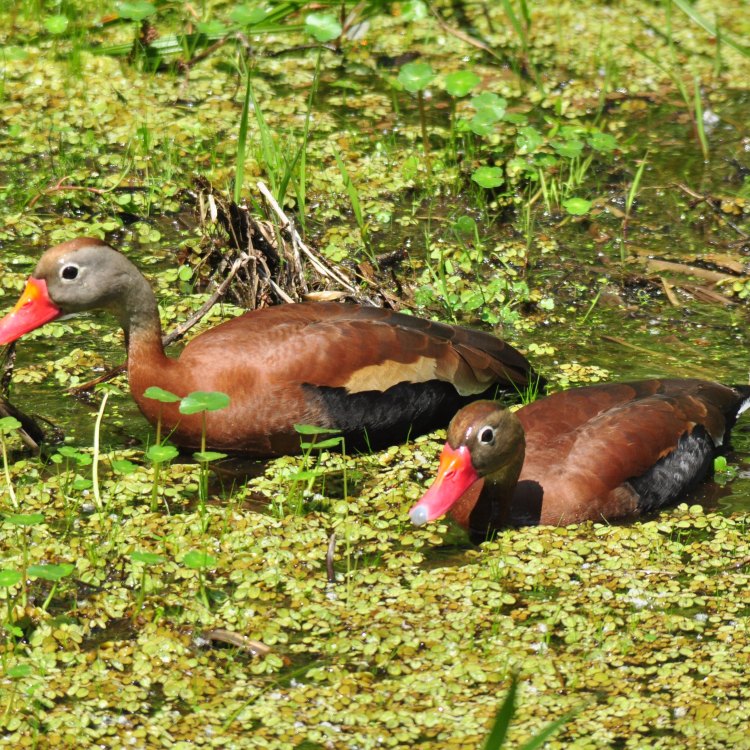
The Black Bellied Whistling Duck: An Iconic Waterfowl of the American South
Disclaimer: The content provided is for informational purposes only. We cannot guarantee the accuracy of the information on this page 100%. All information provided here may change without prior notice.

